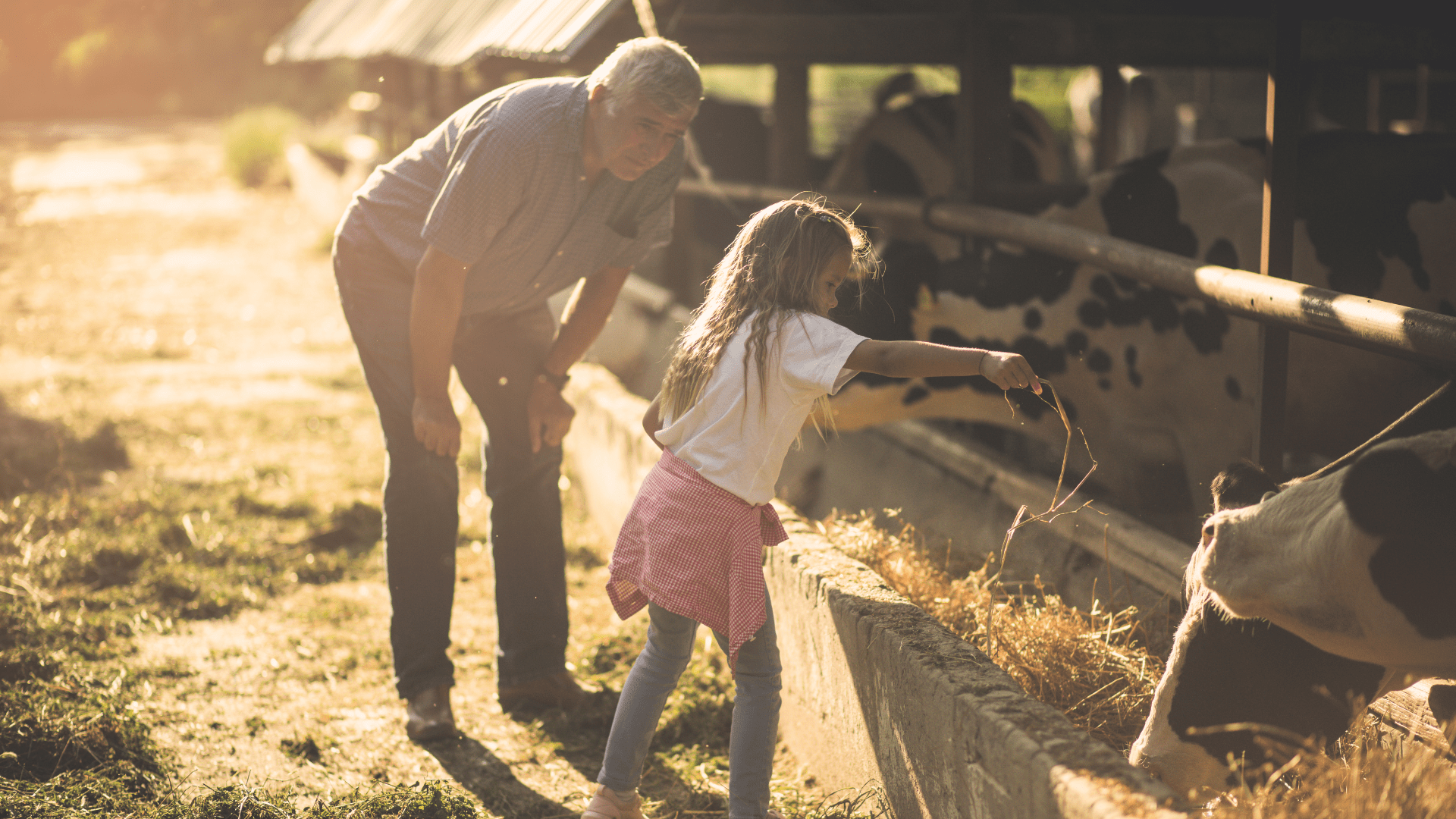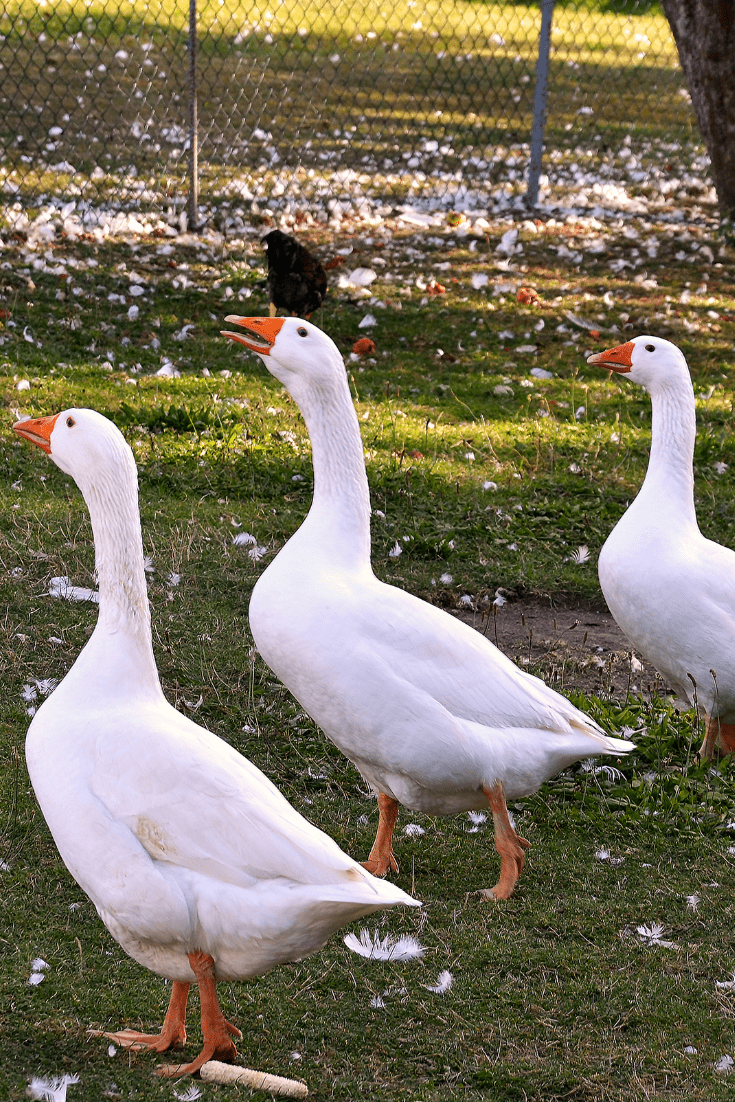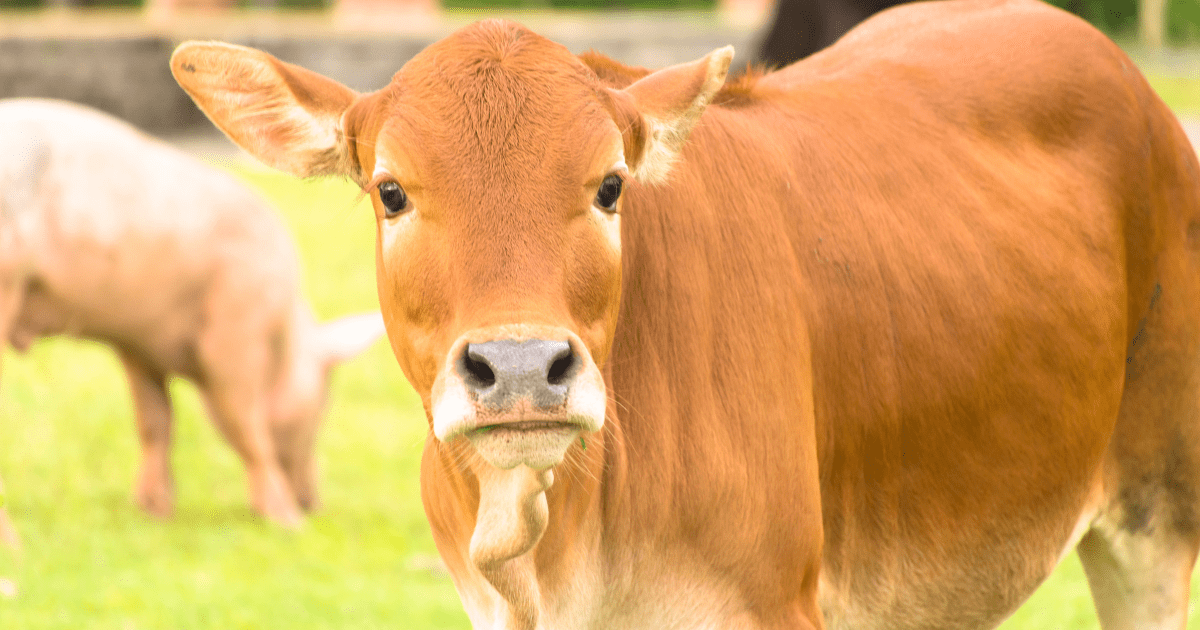The comprehensive health and well-being of farm animals, extending beyond mere survival, is an ethical responsibility for today’s farmers. Ensuring that animals experience good health, comfort, and the ability to express innate behaviors involves providing adequate nutrition, shelter, healthcare, and an environment that minimizes stress and promotes positive states.
Optimizing animal welfare is not only a moral obligation but also a critical aspect of sustainable farming practices. Improved animal welfare often correlates with better quality animal products and can significantly impact the environment and public health while addressing growing consumer concerns about ethical farming practices.
Today’s agricultural sector faces numerous challenges in maintaining optimal animal welfare. These include economic constraints, varying standards and regulations, and a lack of uniformity in implementing welfare practices. External pressures such as climate change and market demand further complicate these challenges. Meg Miller has worked in a hands-on capacity with animals and in agriculture for over four years and is currently studying for a degree in agriculture. Since 2021, she has served as a teaching assistant for the biology of animal production at the College of Agriculture and Natural Resources, and she provides her insights and recommendations for optimizing animal welfare on farms.
Understanding Animal Welfare on Farms
Attending to the welfare of animals in farm settings requires creating an environment that minimally stresses the animals and maximally allows them to thrive. Stress in this context signifies a biological response to external stimuli that can be detrimental to an animal’s health and behavior. Enrichment refers to the practice of enhancing the quality of animal life by providing stimuli that satisfy their natural instincts and behaviors. Recognizing indicators of good animal welfare is crucial. These include physical signs such as healthy skin, coat, and body condition, as well as behavioral indicators like social interaction, normal reproductive behavior, and the absence of chronic fear or distress.
Environmental factors also play a role; adequate space, clean surroundings, and the provision of comfort elements like proper bedding are vital. Common practices impacting animal welfare vary widely but typically include aspects of housing, feeding, healthcare, and handling. In housing, providing adequate space, appropriate social groupings, and shelter from adverse weather conditions are key. Nutritionally, it involves access to a balanced diet and fresh water.
“Regular health check-ups and prompt treatment of illnesses or injuries are part of effective healthcare management,” says Meg Miller. “Additionally, handling practices should minimize fear and stress, respecting the animal’s natural behavior.”
The existing standards and regulations surrounding animal welfare on farms are diverse, depending on geographical locations and types of farming. Generally, these standards aim to ensure basic needs are met and to minimize pain and suffering. In many countries, animal welfare laws outline minimum standards for housing, feeding, and medical care. However, the enforcement and specificity of these laws can vary significantly.
Internationally, organizations like the World Organisation for Animal Health (OIE) provide guidelines and standards for animal welfare, though adherence is voluntary for member countries. In the European Union, the Treaty of Lisbon recognizes animals as sentient beings, and the EU has set specific directives and regulations for farm animal welfare. In contrast, the United States primarily relies on industry self-regulation and state-specific legislation, with federal laws like the Animal Welfare Act focusing more on animals in research, exhibition, and transport rather than those in agricultural settings.
In addition to governmental regulations, various certification programs and welfare standards have been developed by animal welfare organizations. These programs often exceed legal requirements, focusing on higher welfare standards and practices. Examples include the Animal Welfare Approved, Certified Humane, and Global Animal Partnership programs. These certifications not only ensure better conditions for farm animals but also cater to the growing consumer demand for ethically produced animal products.
Best Practices for Optimal Animal Welfare
Ethical farming requires ensuring optimal animal welfare, which encompasses several critical aspects, from housing and nutrition to health care and mental stimulation. Providing adequate space is essential for the physical health and psychological well-being of farm animals. Animals should have enough room to move freely, lie down, stand, and turn around without impediment. This prevents injury and stress, promoting healthier and more productive livestock.
Equally important is proper ventilation, which is crucial for maintaining air quality and temperature, and for reducing the spread of diseases. Good ventilation systems remove excess moisture, ammonia, and other harmful gasses, thus creating a healthier living environment. Regulating the temperature in animal housing prevents distress from extreme weather conditions. Insulation, heating, and cooling systems should be adapted to the specific needs of each species. Bedding plays a pivotal role in providing comfort, warmth, and injury prevention. Materials like straw or wood shavings should be clean, dry, and changed regularly to maintain hygiene and comfort.
Nutrition and Health Monitoring
Each species and breed has unique nutritional requirements. Diets must be formulated to provide all necessary nutrients, including vitamins, minerals, proteins, carbohydrates, and fats. This involves not only the quality of feed but also its quantity and the frequency of feeding. Tailoring diets to the life stage, health status, and production needs (like lactation or growth) of each animal is fundamental for their overall well-being. Continuous access to fresh, clean water is vital for animal health. Water sources should be easily accessible, free from contaminants, and regularly cleaned to prevent the spread of disease. The water temperature also matters; it should be suitable for the species and weather conditions.
Proactive health monitoring, including regular check-ups, is crucial. This not only helps in early disease detection but also in assessing the overall well-being of the animals. Veterinarians should routinely assess the health of each animal and provide necessary treatments or vaccinations. Implementing effective biosecurity measures prevents the introduction and spread of diseases. Vaccination programs, parasite control, and prompt isolation and treatment of sick animals are key components. Maintaining cleanliness in housing and handling practices also significantly reduces health risks.
Behavioral Enrichment and Mental Stimulation
Mental health is as important as physical health. Stress, boredom, and frustration can lead to behavioral problems and impact physical health. Ensuring mental well-being involves recognizing and catering to the natural behaviors and needs of the animals. Enrichment activities vary depending on the species but generally include providing objects that stimulate natural behaviors like foraging, playing, or exploring. This could be as simple as straw for pecking, toys for play, or different terrain features for exploration. Providing opportunities for social interaction is also crucial for social species.
Optimal animal welfare is achieved through a holistic approach that considers every aspect of an animal’s life. By implementing these best practices, farmers not only adhere to ethical standards but also contribute to sustainable and productive farming.
Implementing Ethical Farming Practices
Ethical and sustainable farming practices involve not only ensuring the well-being of farm animals but also considering the environmental impact and sustainability of farming operations. Ethical treatment is the cornerstone of responsible animal farming. It encompasses providing animals with a life worth living, which means more than just meeting their basic needs. Ethical treatment involves respecting the intrinsic value of animals as sentient beings and ensuring their physical and psychological well-being.
Notes Meg Miller, “The ethical treatment of animals on a farm includes implementing the best practices and going beyond to ensure that animals lead fulfilling lives. It also involves making decisions that prioritize the well-being of the animals over mere economic gains.”
The ethical sourcing of animal products extends beyond the farm to the entire supply chain. This means ensuring that all aspects of production, from breeding to slaughtering, adhere to high animal welfare standards. It also involves transparency and traceability in the supply chain, allowing consumers to make informed choices about the products they purchase. Ethical sourcing often aligns with consumer expectations and demands, driving a market shift towards more humane farming practices.
Sustainable Farming Practices
Animal farming has a significant impact on the environment, including contributions to greenhouse gas emissions, land and water use, and biodiversity loss. Sustainable farming practices aim to mitigate these impacts. This involves reducing the carbon footprint of farming operations through methods like improved manure management, efficient use of resources, and adoption of renewable energy sources. Additionally, sustainable farming practices involve preserving natural habitats, promoting biodiversity, and conserving water and soil resources.
To integrate sustainable techniques into farming, farmers must adopt a holistic approach. This includes using precision agriculture technologies to optimize feed efficiency and reduce waste, implementing integrated pest management, and practicing rotational grazing to maintain soil health. Sustainable farming also involves exploring alternative, more sustainable animal feeds that reduce reliance on resource-intensive crops. Another aspect is the incorporation of agroecological practices, such as mixed farming systems where crop production and animal farming support each other, reducing waste and improving efficiency.
Promoting sustainable farming practices also means engaging with and educating the farming community. This involves sharing knowledge about sustainable techniques, providing training, and encouraging farmers to adopt practices that are both environmentally friendly and economically viable. Policy support is also crucial in this aspect, as it can provide the necessary incentives and framework for farmers to transition to more sustainable practices.
Overcoming Challenges and Future Directions
The path towards improved animal welfare and sustainable farming is not without its challenges. Addressing these effectively paves the way for future advancements in the industry. One of the primary challenges in optimizing animal welfare is the perceived conflict between economic viability and ethical practices. Farmers often face financial pressures, where the costs associated with implementing higher welfare standards can be significant. To address this, it’s essential to demonstrate that investments in animal welfare can lead to long-term benefits.
Improved animal welfare often correlates with better animal health, higher productivity, and quality products, which can open up new market opportunities and potentially higher prices. Additionally, financial incentives, subsidies, or grants from governments or international bodies can support farmers in making these transitions. Technological advancements offer significant potential in enhancing animal welfare. Precision farming technologies, such as automated feeding systems, climate control, and health monitoring tools, can provide tailored care to individual animals, improving welfare and efficiency. Wearable technologies for animals can monitor health indicators in real-time, allowing for prompt intervention when issues arise. Furthermore, advances in genetics and breeding can contribute to the health and well-being of farm animals by focusing on traits that enhance their resilience and reduce susceptibility to diseases.
Advocacy, Education and Policy Recommendations to Improve Animal Welfare
Education and advocacy play a critical role in transforming the industry. Educating farmers about the benefits of improved animal welfare and sustainable practices, along with training on how to implement these practices, is crucial. Consumer awareness is equally important. As consumers become more conscious about the origins of their food and the welfare of animals, they can drive change through their purchasing choices. Campaigns, certifications, and labeling can help inform consumers, allowing them to make ethical choices and support farms that prioritize animal welfare.
Policymaking is a powerful tool in shaping the future of animal farming. Stronger animal welfare regulations can set a baseline for the minimum standards of care and treatment of farm animals. Policies should be science-based, practical, and enforceable. This includes setting clear standards for housing, nutrition, healthcare, and humane handling.
Policies should incentivize farmers to adopt higher welfare standards and provide support in the form of technical assistance, training, and financial aid. Collaboration between governments, NGOs, industry bodies, and farmers is essential to develop policies that are both effective and feasible,” says Miller.
Balancing economic viability with ethical practices, leveraging technology, educating stakeholders, and implementing strong policies are all critical components to improving animal welfare in agriculture. As the industry moves forward, it’s essential to continuously evaluate and adapt these strategies to ensure that they meet the evolving needs of animals, farmers, the environment, and society.
Considering Animal Welfare in Agriculture
Encouraging the adoption of common best practices in animal welfare is not just the responsibility of farmers but involves a wider community. Consumers, policymakers, educators, and advocates all play a pivotal role. By choosing ethically sourced products, supporting policies that promote animal welfare, and spreading awareness, every stakeholder contributes to a more humane and sustainable farming future.
Ultimately, the journey towards optimizing animal welfare on farms is ongoing. It requires continuous commitment, innovation, and collaboration. By working together and valuing the welfare of farm animals, we pave the way for a more ethical and sustainable agricultural sector, benefiting not only the animals but also the environment, the economy, and society at large.



































